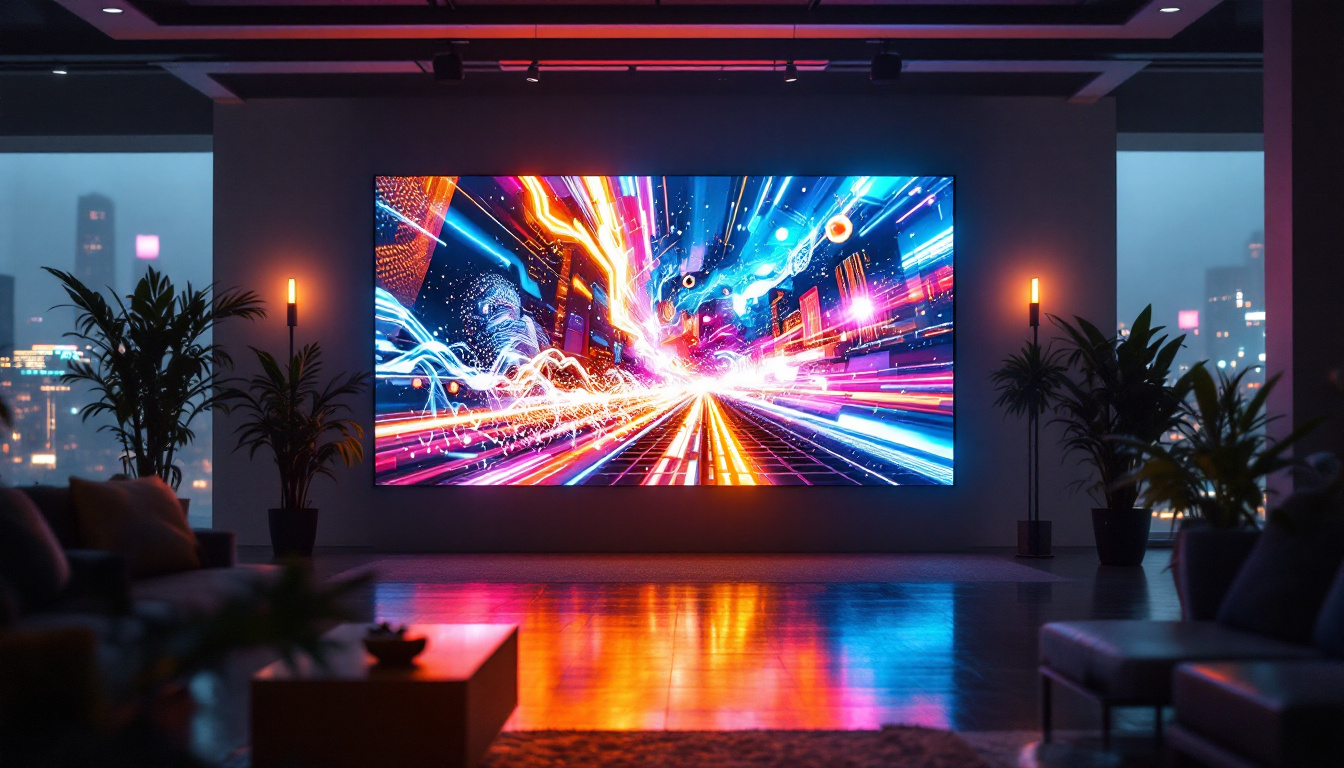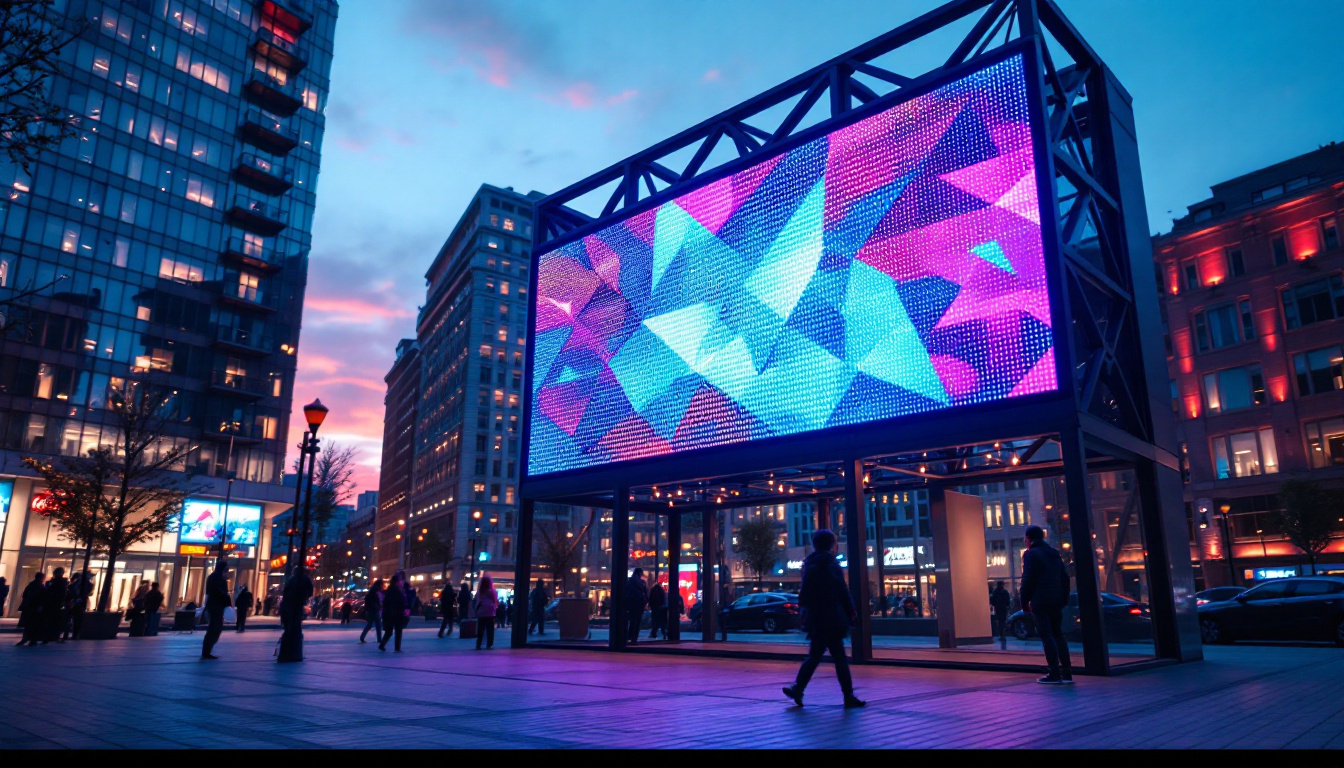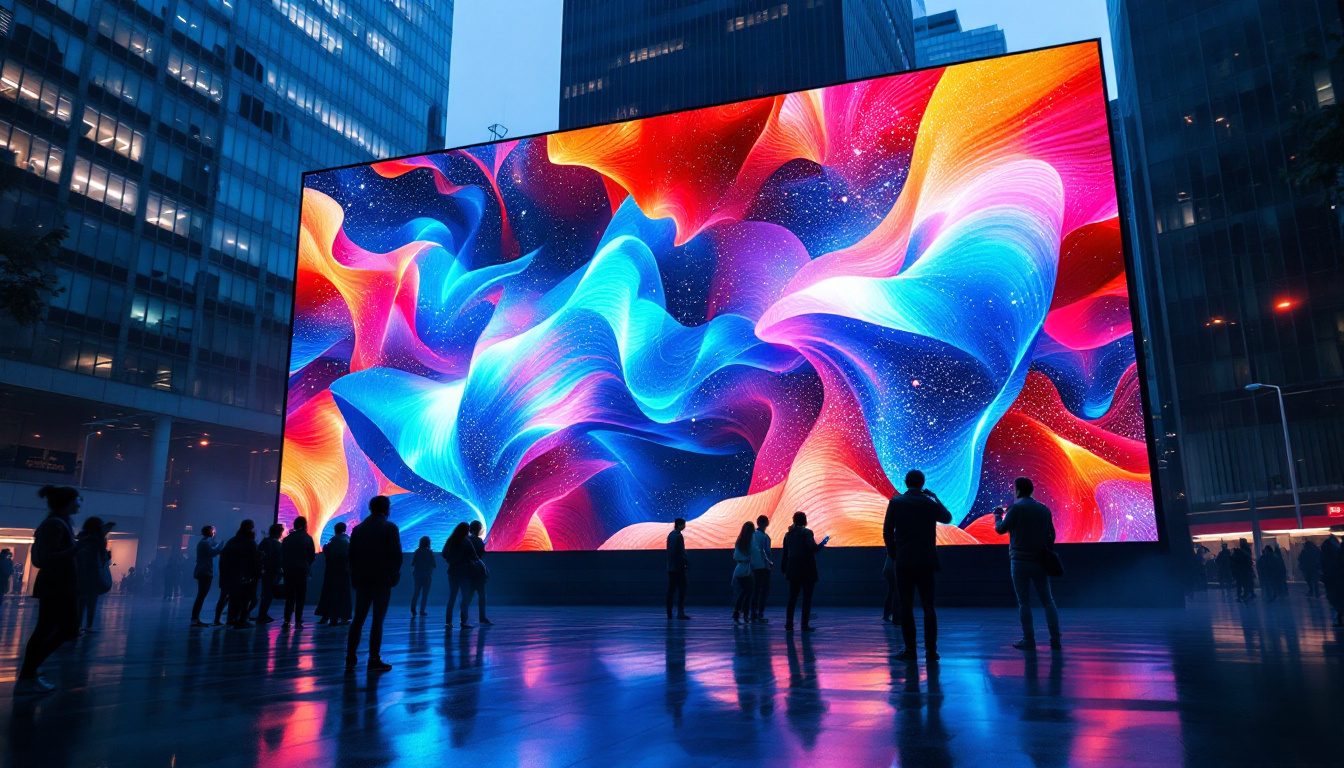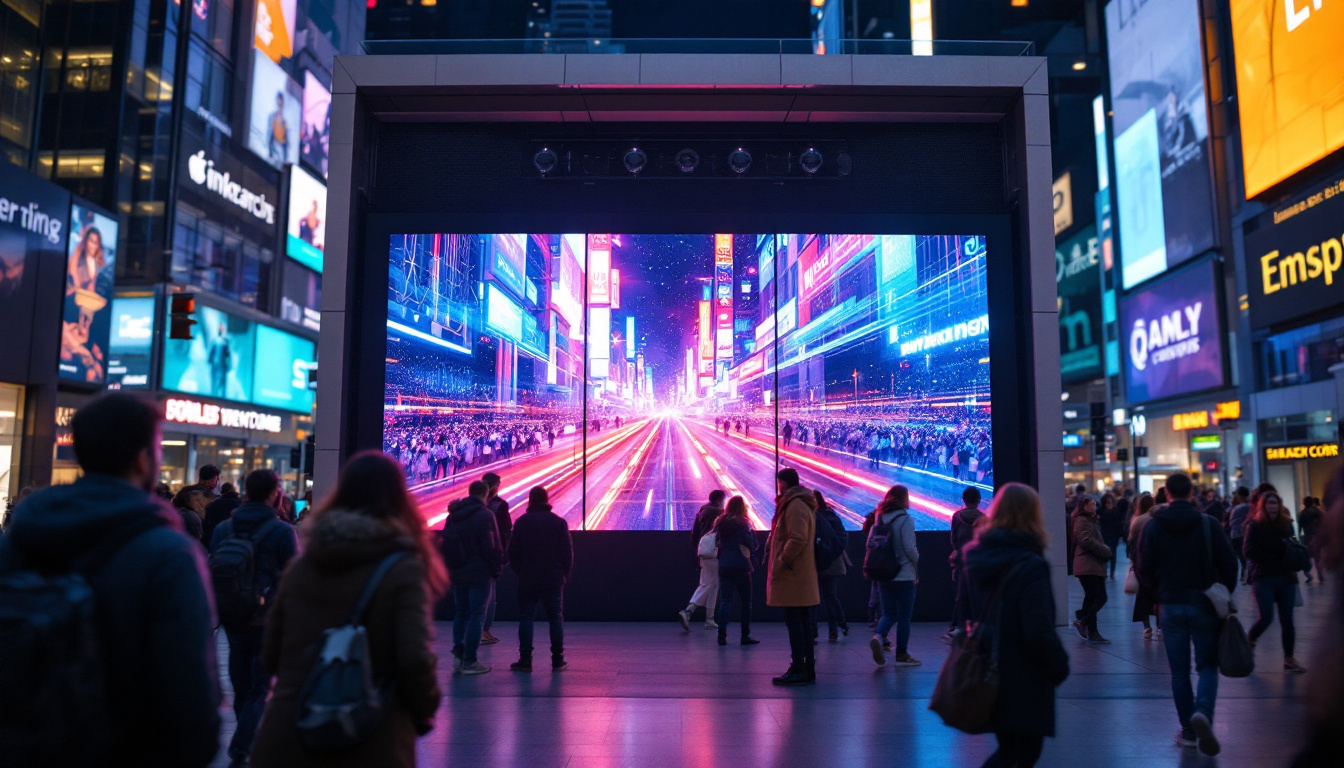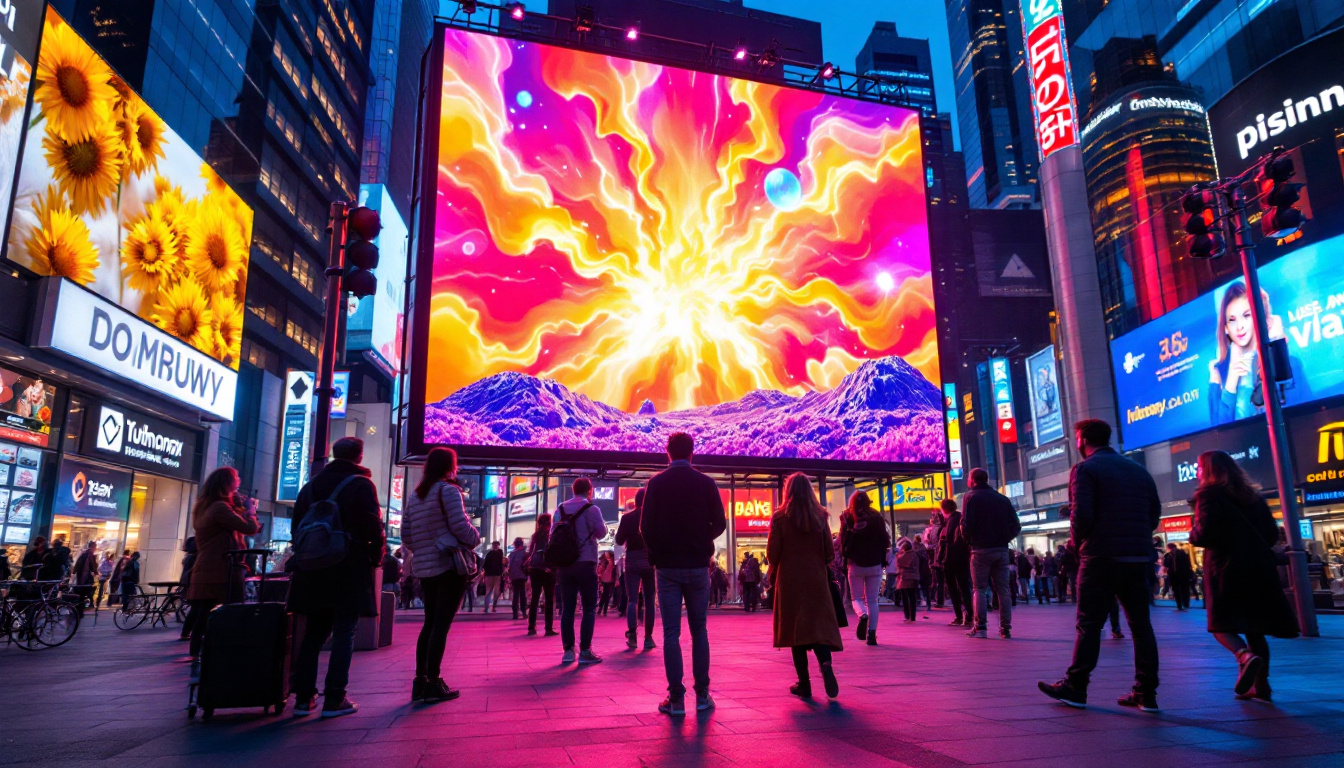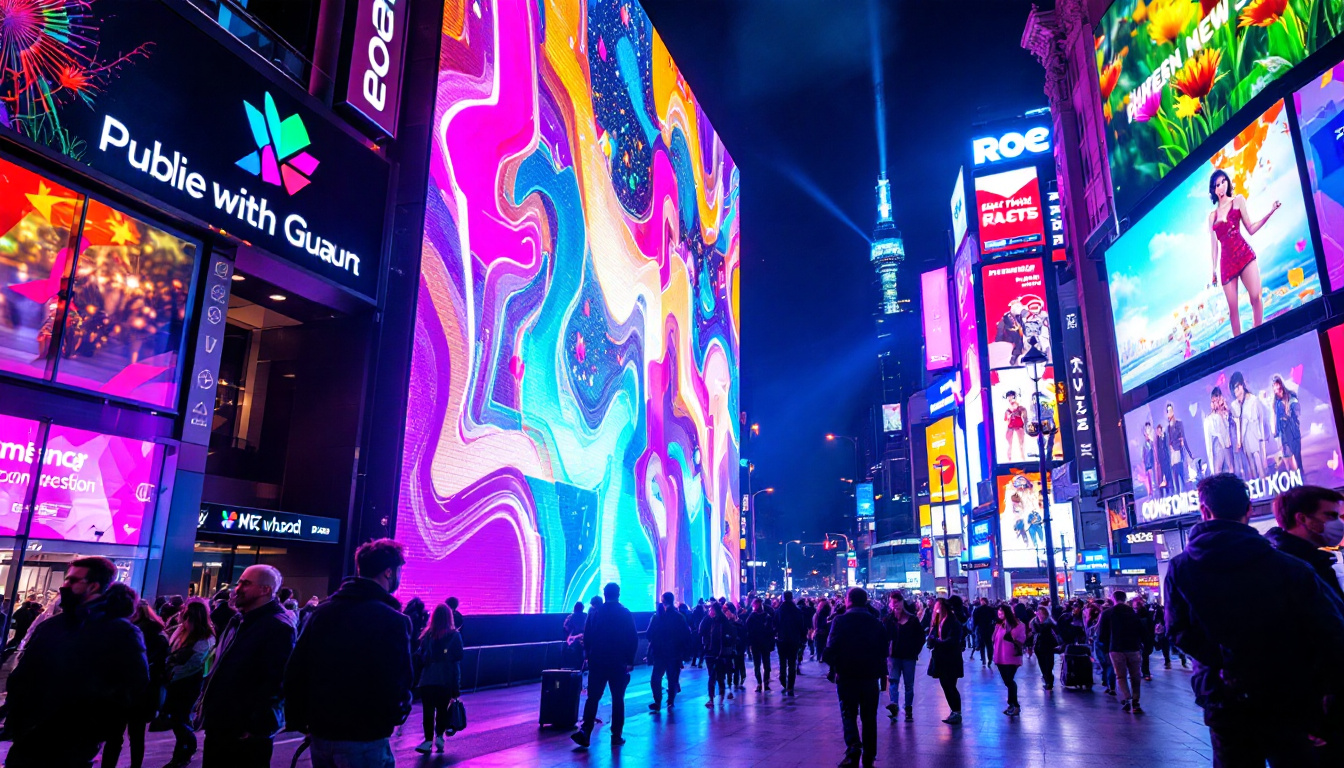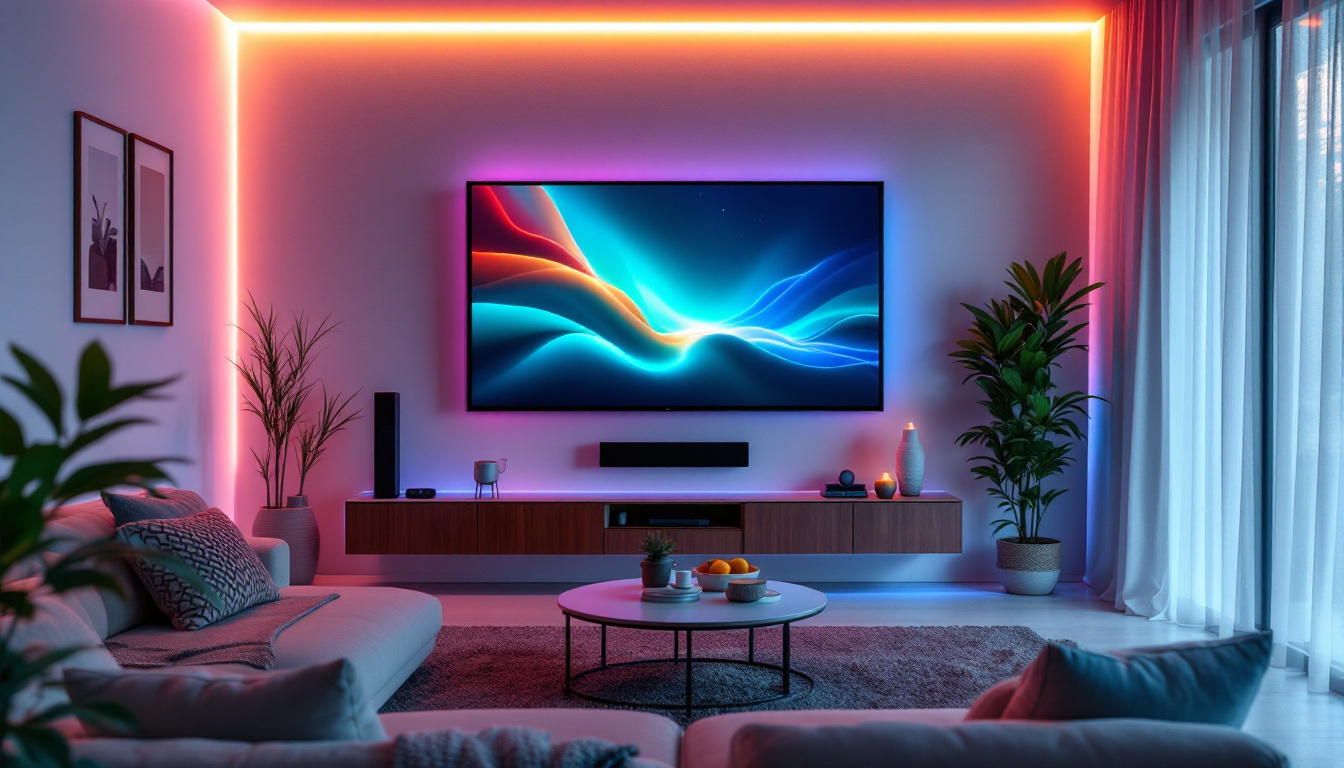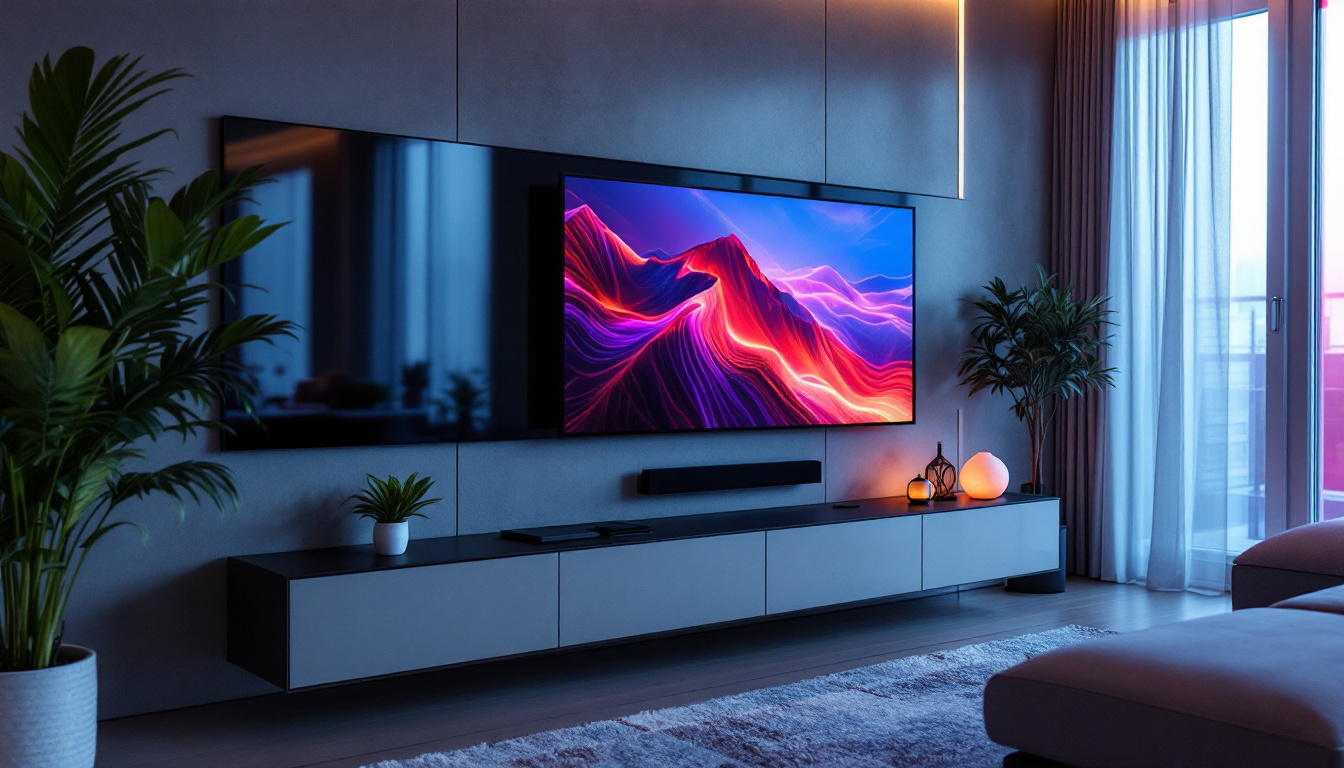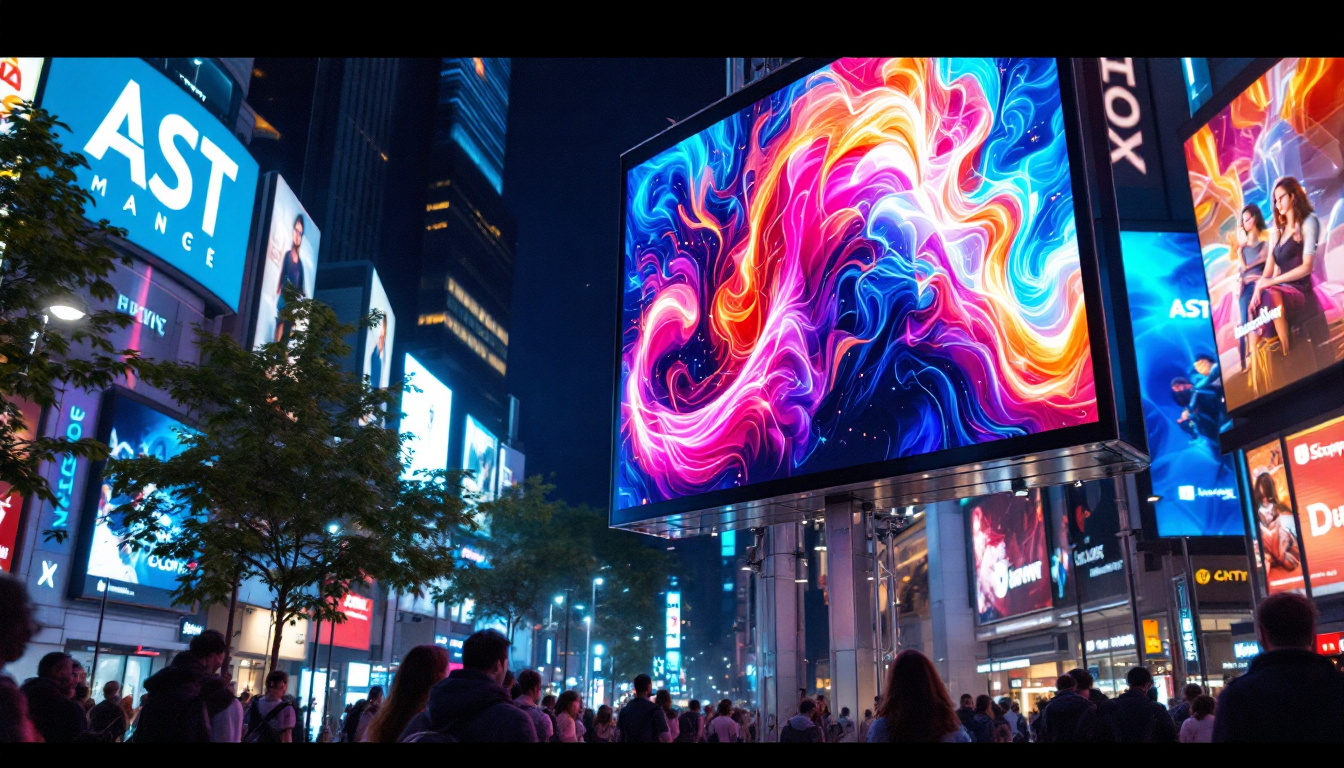In an era where digital content is king, the ability to efficiently manage video files has become increasingly important. Whether for streaming, storage, or editing, the demand for smaller video files without sacrificing quality is a challenge that many face. One of the innovative solutions to this problem is the use of LED display technology. This article will explore how LED displays work, their role in video file management, and techniques for making video files smaller.
Understanding LED Display Technology
LED (Light Emitting Diode) displays have revolutionized the way we view and interact with digital content. Unlike traditional display technologies, LED displays use a series of diodes that emit light when an electric current passes through them. This results in vibrant colors and high contrast ratios, making them ideal for various applications, including televisions, monitors, and large-scale advertising boards.
The Components of LED Displays
LED displays consist of several key components that work together to produce high-quality images. These include:
- LEDs: The fundamental building blocks of the display, these tiny diodes emit light in various colors.
- Driver ICs: Integrated circuits that control the brightness and color of each LED, ensuring accurate image reproduction.
- control systems: These systems manage the input signals and synchronize the display output, allowing for smooth video playback.
Each component plays a crucial role in the overall performance of the LED display, contributing to its ability to produce sharp images and vibrant colors. As technology advances, the efficiency and capabilities of these components continue to improve, leading to even better display quality. For instance, innovations in driver IC technology have enabled displays to achieve higher refresh rates, which is particularly beneficial for fast-moving content such as sports or action movies. Furthermore, the integration of smart technology into control systems allows for real-time adjustments to brightness and color based on ambient light conditions, enhancing the viewing experience in various environments.
Types of LED Displays
There are various types of LED displays, each designed for specific applications. The most common types include:
- Direct View LED Displays: These displays use individual LEDs to form the entire image. They are often used for large outdoor screens and billboards.
- LED-backlit LCD Displays: These displays use LEDs to illuminate a liquid crystal display (LCD). They are commonly found in televisions and computer monitors.
- MicroLED Displays: A newer technology, MicroLEDs consist of tiny individual LEDs that can produce their own light, offering superior contrast and color accuracy.
Each type of LED display has its advantages and disadvantages, making them suitable for different environments and applications. For example, Direct View LED displays are known for their exceptional brightness and visibility in direct sunlight, making them perfect for outdoor advertising. On the other hand, LED-backlit LCD displays are more energy-efficient and can be produced at a lower cost, making them a popular choice for consumer electronics. MicroLED technology, while still emerging, promises to deliver unparalleled image quality and energy efficiency, potentially transforming the market for high-end televisions and commercial displays. As these technologies continue to evolve, we can expect to see even more innovative applications and improvements in display technology.
The Importance of Video Compression
As video content becomes more prevalent, the need for efficient file management is paramount. Video compression plays a critical role in reducing the size of video files, making them easier to store, share, and stream. By eliminating redundant data and optimizing the remaining information, compression techniques can significantly decrease file sizes.
How Video Compression Works
Video compression involves two main processes: lossy and lossless compression. Lossy compression reduces file size by permanently eliminating certain data, which can result in a loss of quality. Conversely, lossless compression retains all original data, allowing for perfect reproduction but typically resulting in larger file sizes.
Common video codecs, such as H.264 and H.265, utilize these compression techniques to balance quality and file size. H.265, for example, is known for its ability to maintain high-quality video at lower bit rates compared to its predecessor, H.264. This makes it an excellent choice for streaming services and high-definition content. Additionally, newer codecs like AV1 are emerging, offering even more efficient compression, which can lead to further improvements in streaming performance and reduced bandwidth consumption.
Benefits of Video Compression
The advantages of video compression extend beyond mere file size reduction. Some key benefits include:
- Faster Upload and Download Times: Smaller files can be transferred more quickly, enhancing user experience.
- Reduced Storage Costs: Compressing videos can lead to significant savings in storage space, especially for businesses with large media libraries.
- Improved Streaming Quality: Compressed videos can be streamed more efficiently, reducing buffering and improving playback quality.
As the demand for high-quality video content continues to grow, the importance of effective compression techniques cannot be overstated. They are essential for maintaining the balance between quality and accessibility. Moreover, video compression is increasingly vital in the context of mobile devices, where limited storage and varying network conditions require optimized video files to ensure smooth playback. As mobile viewing becomes the norm, the role of compression in delivering seamless experiences across diverse platforms will only become more pronounced.
Furthermore, the rise of virtual reality (VR) and augmented reality (AR) applications necessitates advanced compression techniques. These immersive technologies often require high-resolution video to create engaging experiences, which can lead to massive file sizes. Effective compression is crucial in these scenarios, enabling developers to deliver rich content without overwhelming users’ devices or networks. As technology continues to evolve, the ongoing development of compression algorithms will play a pivotal role in shaping the future of video content delivery.
Techniques for Making Video Files Smaller
Several techniques can be employed to make video files smaller while preserving quality. Understanding these methods can help content creators and businesses optimize their video assets effectively.
Choosing the Right Codec
The choice of codec is one of the most significant factors in video compression. Different codecs have varying levels of efficiency and quality retention. For instance, H.265 is often preferred for high-definition content due to its superior compression capabilities. On the other hand, older codecs like MPEG-2 may result in larger file sizes without offering the same quality.
When selecting a codec, it is essential to consider the target audience and platform. For example, streaming platforms may require specific codecs for compatibility, while local storage might prioritize quality over size.
Adjusting Bit Rate
Bit rate refers to the amount of data processed per unit of time in a video file. Lowering the bit rate can significantly reduce file size, but it may also impact video quality. Finding the right balance is crucial; a bit rate that is too low can result in pixelation and loss of detail, while a bit rate that is too high may lead to unnecessarily large files.
Content creators should experiment with different bit rates to determine the optimal setting for their specific needs. Tools and software are available that can assist in analyzing the quality-to-size ratio, making it easier to find the sweet spot.
Utilizing Resolution and Frame Rate Adjustments
Another effective way to reduce video file size is by adjusting the resolution and frame rate. Lowering the resolution from 4K to 1080p, for example, can lead to significant size reductions without drastically impacting perceived quality for most viewers. Similarly, reducing the frame rate from 60 frames per second (fps) to 30 fps can also help decrease file size.
However, it is essential to consider the intended use of the video. For action-packed content, maintaining a higher frame rate may be necessary to ensure smooth playback. In contrast, videos focused on static scenes may not require such high frame rates.
Future Trends in Video Compression and LED Technology
The landscape of video technology is continually evolving, with advancements in both LED displays and video compression techniques. As technology progresses, new methods and standards are likely to emerge, further enhancing the efficiency of video file management.
Advancements in Compression Algorithms
Research and development in video compression algorithms are ongoing, with a focus on improving efficiency and quality. Emerging codecs, such as AV1, promise even better compression rates than existing standards, which could lead to smaller file sizes without compromising quality. These advancements will be crucial as the demand for high-resolution video content continues to rise.
Integration of AI in Video Processing
Artificial intelligence (AI) is beginning to play a significant role in video processing and compression. AI-driven algorithms can analyze video content and make real-time adjustments to optimize quality and size. This technology has the potential to revolutionize how videos are compressed and displayed, leading to more efficient workflows and improved user experiences.
The Role of LED Displays in Future Video Experiences
As LED display technology continues to advance, the integration of high-quality video content will become increasingly seamless. Future LED displays may incorporate features such as dynamic resolution scaling and adaptive brightness, enhancing the viewing experience further. This will allow for better performance in various lighting conditions and environments, making LED displays even more versatile.
Conclusion
In conclusion, making video files smaller is a multifaceted challenge that involves understanding both the technology behind LED displays and the principles of video compression. As digital content continues to proliferate, the need for efficient video management will only grow. By leveraging advanced codecs, adjusting bit rates, and exploring new technologies, content creators can ensure that their video files are optimized for quality and accessibility.
As LED display technology advances and new compression methods emerge, the future of video content looks promising. Embracing these innovations will enable businesses and individuals to stay ahead in a competitive digital landscape, ensuring that their video content remains engaging and accessible to audiences worldwide.
Explore Cutting-Edge LED Display Solutions
As you seek to optimize your video content for the digital age, consider the power of advanced LED display technology from LumenMatrix. Our comprehensive range of solutions, from Indoor and Outdoor LED Wall Displays to innovative LED Sports and Floor Displays, is designed to elevate your visual storytelling and captivate your audience. Embrace the future of visual communication with LumenMatrix’s Custom and All-in-One LED Displays, including our striking LED Transparent Displays. Check out LumenMatrix LED Display Solutions today and transform your brand’s message into an unforgettable visual experience.

